At this time of uncertainty, disruption and rebuilding, MERIP would like to offer our deep gratitude to several members of our family whose contributions over the past two decades have allowed MERIP to survive and thrive against all odds. For nearly 50 years, MERIP has been committed to providing high quality critical analysis of events and lives in the region, written by experts in an incisive yet approachable manner. Doing so requires incredible labors of soliciting, editing, curating and production—labors that are to a certain extent shared across the editorial committee but primarily and ultimately fall on the back of the executive editor and design team. With this in mind, MERIP would like to express our most profound appreciation and thanks to our two most recent editors, Chris Toensing and Steve Niva, and to our long-standing graphic designer Jimmy Bishara. Without their vision, leadership and sacrifices MERIP would have undoubtedly succumbed to the myriad obstacles to publishing a progressive and independent print publication many years ago.
Chris Toensing served as executive director and editor for a staggering 17-year tenure. Coming to MERIP in 2000 from his studies at Georgetown University, Chris consolidated the editor and executive director positions. Wearing these two hats he underwrote a steady growth in MERIP readership, expanded regional and topical coverage, furthered efforts at media outreach and oversaw MERIP’s entrance into the digital age. His editorial stamp was on every word MERIP published: crisp prose, succinct presentation, sustained focus and critical takeaways. He famously had no tolerance for academic jargon or writerly self-indulgence. As authors, we would receive our edited pieces and believe that we had magically become better writers than we actually were. His imprint was reflected in deftly crafted opening statements to each and every issue from 2000 to 2017. These were always published under the byline of “From the Editors,” but Chris’ ability to clearly articulate the stakes of topics ranging from the politics of water to revolutionary uprisings sweeping the region was always the cornerstone of these synoptic pieces. Meanwhile, Chris contributed regularly to our coverage of Egypt, Iraq, Palestine and Washington policymaking. Exemplary and pithy pieces include “Letting Gaza Burn” on the 2006 Israeli assault; “No More Mr. Nice Autocracy” about the shift to military rule in 2011 Egypt; “Plain Old Murder” calling out Obama’s drone warfare and the 2012 killing of ‘Abd al-Rahman al-Awlaqi; “Another Benghazi” unpacking the rhetorical justifications for the 2014 bombing campaign against the Islamic State in Iraq; and “Please Explain This Map,” a gloves-off critique of Vox’s “explainer journalism” maps of the region. Across these, and dozens of other contributions over the course of his tenure, Chris set the tone for MERIP’s clear, sharp voice. A standard that we will strive to meet as we enter our sixth decade.
Steve Niva has contributed to MERIP for over 30 years. He cut his teeth as an assistant to founding editor Joe Stork, served on the editorial committee and has been a frequent writer for the magazine. From 2018 to 2020, he took a leave from his teaching position at Evergreen State College to take over as MERIP’s executive director and editor. In that role, he shored up MERIP’s institutional structures and expanded MERIP’s online presence with a redesigned website and more active social media engagement. As importantly, he reinvigorated the “project” in the MERIP acronym, constantly reminding us that our mission was not simply to provide sound and serious reports about the region, but moreover to intervene proactively in public conversations about politics and policy. In this respect, he built bridges to peace and activist networks and curated timely and important issues about Tukey, Yemen and the new landscapes of US intervention. Authors appreciated his engaged “structural editing”—his deconstruction and reconstruction of their essays to frontload the big picture message and unique contribution. There was no “slow-burn” unfolding of mushy prose on Steve’s watch. As a writer, he more than practiced what he preached. From his 1989 primer on the first Bush team to his 2018 editorial on militarized cities, Steve knew precisely how to write hard-hitting prose without rhetorical bombast. His substantial article on “Trump’s Drone Surge” from 2017 is a true classic of incisive political analysis, empirically dismantling the new president’s rhetoric of isolationism as little but fake news. While Steve has now returned to his teaching duties, MERIP’s coverage of the global health turmoil in the region builds directly on his imperative of relevancy and agenda setting.
Jimmy Bishara took over the design and production of Middle East Report in 1998 and served as associate editor from 1998 through the summer of 2001. From his first issue, Behind the Ballot Box, across nearly 100 installments of the magazine, his aesthetic sensibility for the interplay of text and image has defined the look of MERIP. Over the years, through subtle shifts in font, spacing and graphic layout, the magazine became more readable, more pleasurable, more beautiful. Covers, which he designed from the end of 2007, evolved from blocks of text and realist photography to saturated images that speak directly to the reader. We append several of our favorites. For many years, Jimmy was also a member of the editorial committee and managed website production; every article published in print or online went through his capable hands. Throughout, Jimmy was the consummate professional, meticulously guiding the production of the magazine through the detailed process of assembling the myriad parts, designing the layout, overseeing the proofreading and managing MERIP’s relationship with the printers. He generously devoted entire weekends to MERIP when he should have been relaxing from his full-time job. He was a rock of stability and knowledge about the workings of MERIP in the midst of our shifting fortunes and changes in editorial staffing.
Chris, Steve and Jimmy kept MERIP alive and thriving for decades. We owe our current strength to their hard work. We look forward to their future contributions, whatever form they may take. In the meantime, we remain forever grateful.
- The MERIP Board of Directors (Paul Silverstein, Vickie Langohr, Arang Keshavarzian, Shana Marshall, Mandy Terc)
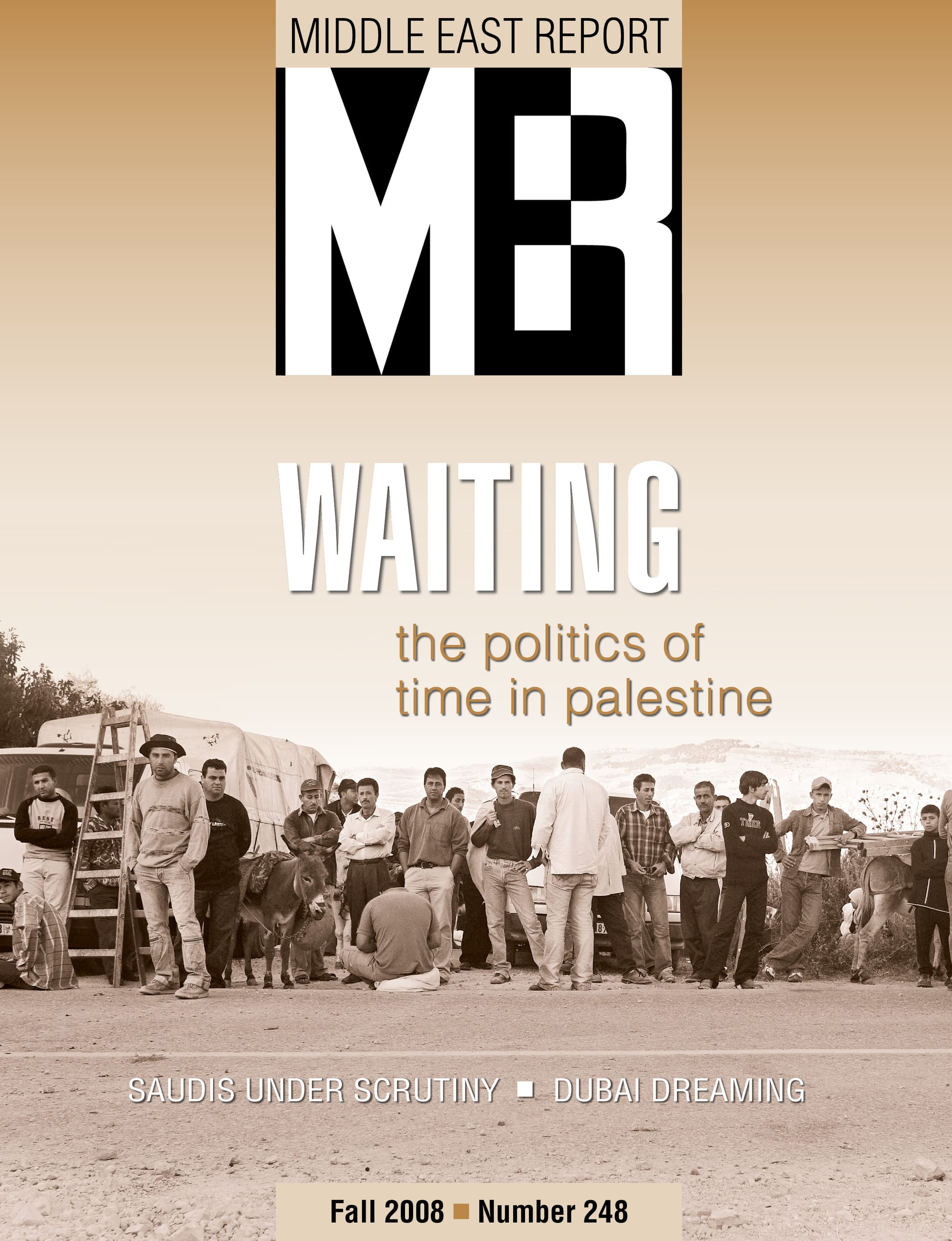
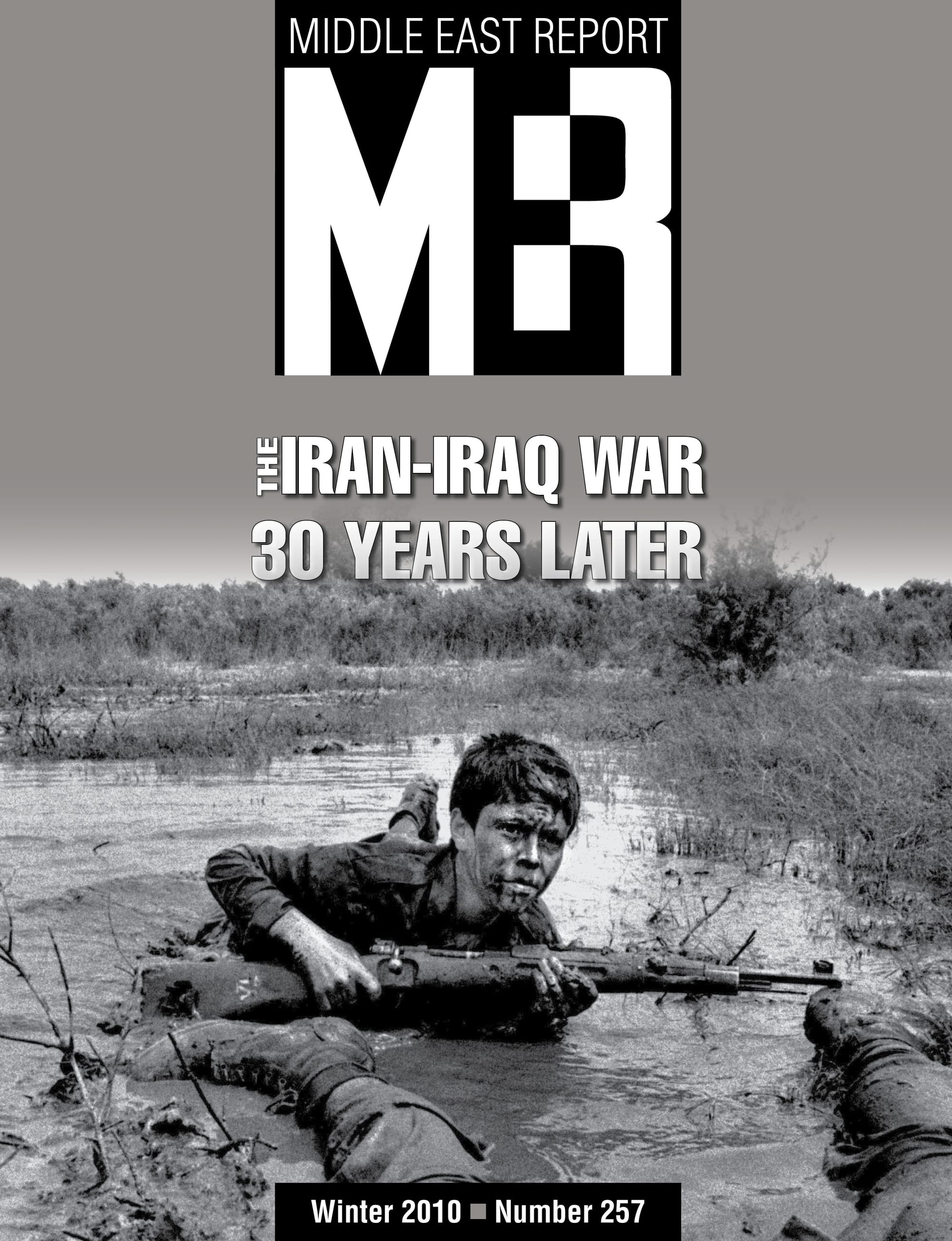
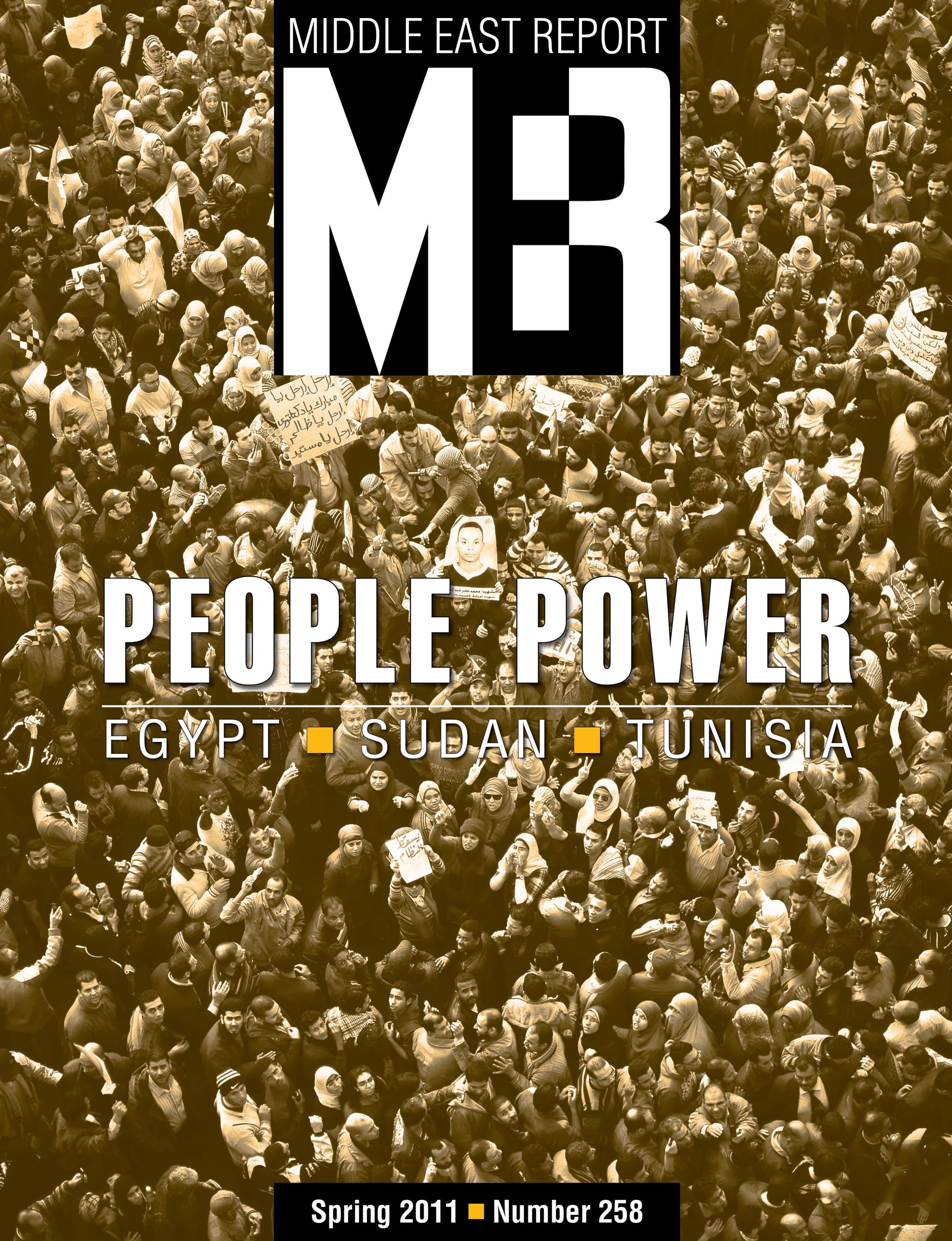
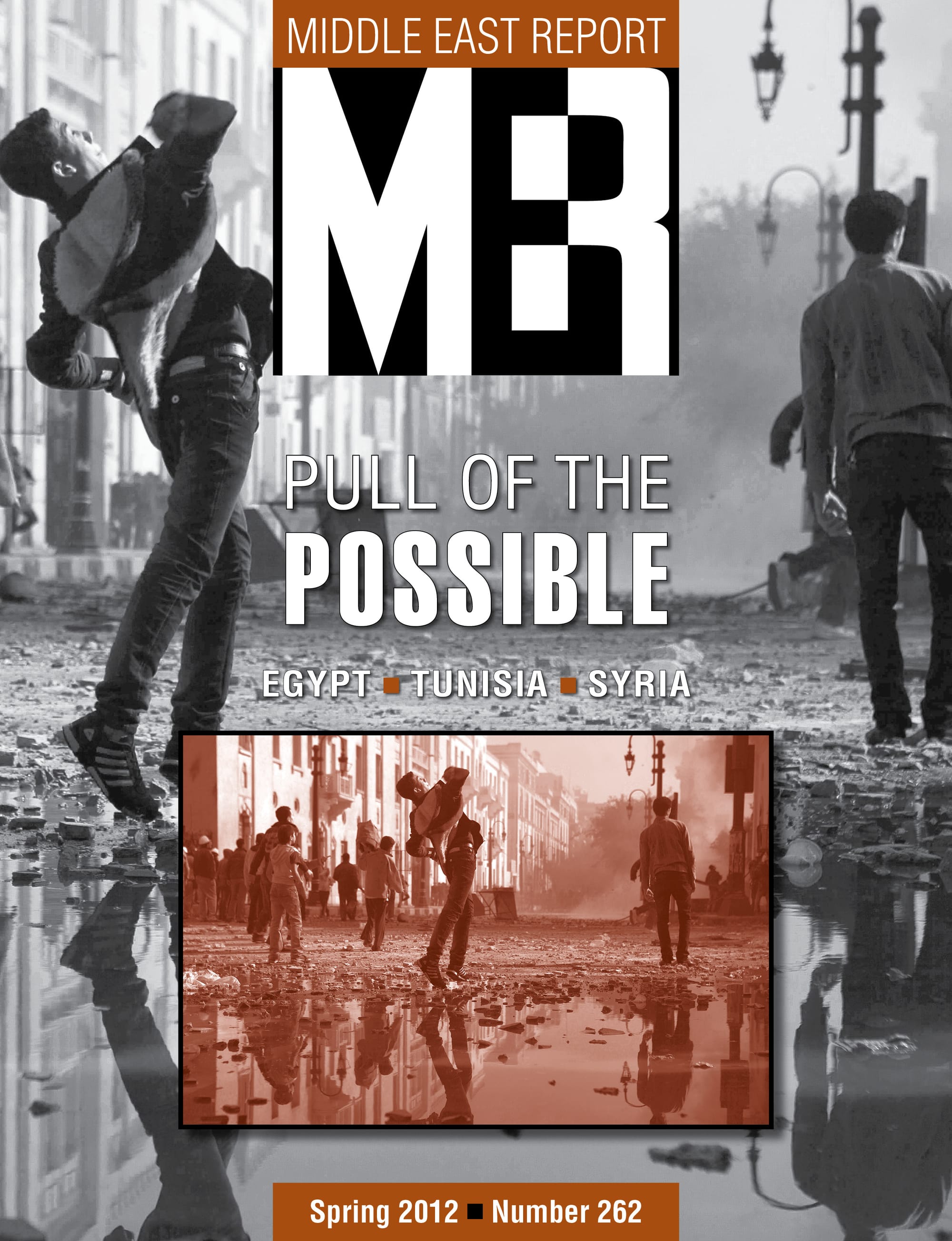
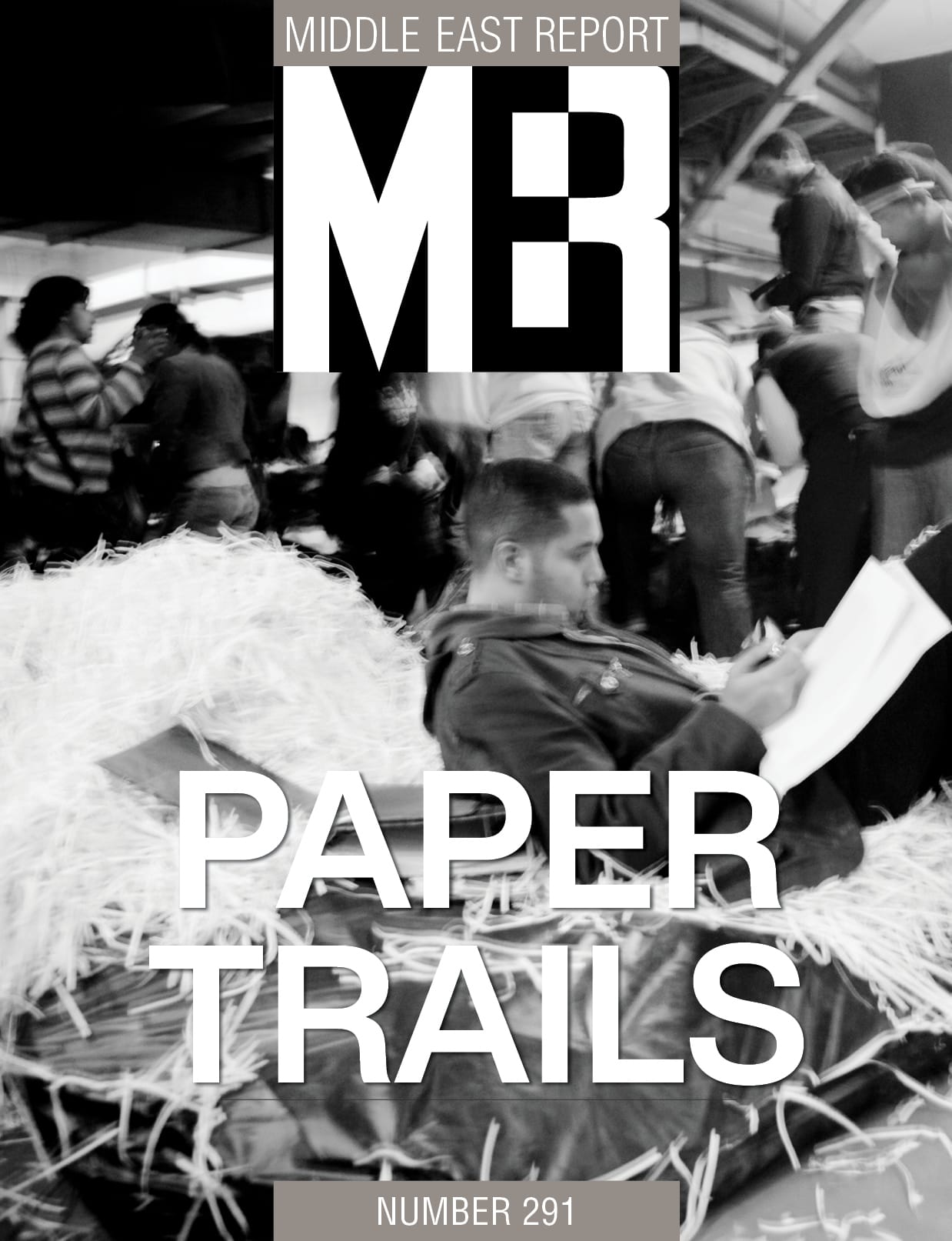
Written by
This article was published in Issue 294.









